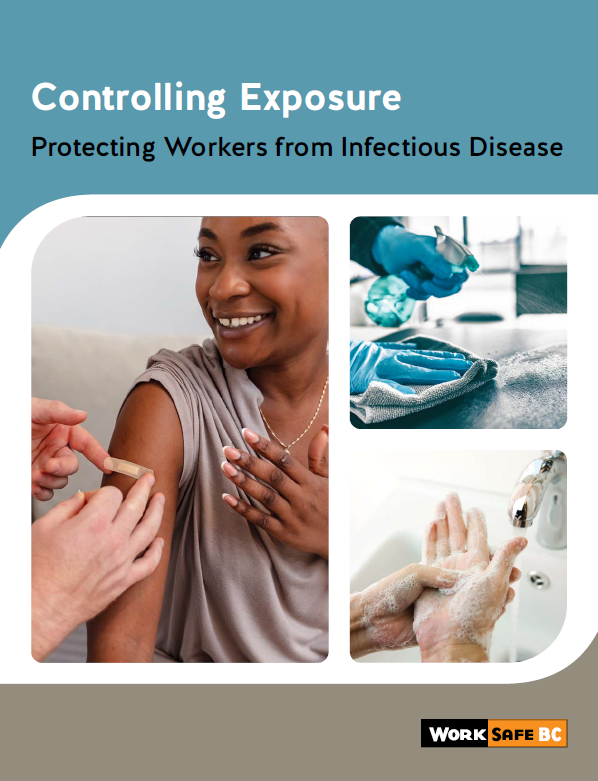Avian flu
The flu, or influenza, takes many forms. Some, such as avian flu (“bird flu”), get passed along when people come into contact with infected birds or other animals. Avian influenza can be life-threatening.
- Who is at risk?
- How to reduce the risks
- Resources
Who is at risk?
Some strains of avian flu can spread from poultry and other livestock to people. People who are around infected birds or other animals can become ill. Examples of workers who could be at increased risk include those in the following areas:
- Agriculture involving poultry and other livestock
- Veterinary practices
- Food processing
- Containing and resolving avian influenza outbreaks
How to reduce the risks
Be sure you are following the latest biosecurity measures recommended for your industry.
If workers could be exposed to avian influenza, employers must develop and implement an exposure control plan (ECP). This plan must identify the workers at risk of exposure and the controls that are in place to protect those workers. These will be unique to each worksite and work environment. Some possible control measures are listed here.
-
1
Engineering controls
Engineering controls involve making physical modifications to the workplace to manage the risk or reduce exposure. Some questions to consider:
- Can containment facilities be constructed to exclude contact between livestock and wild animals?
- Can physical barriers be used to designate distinct zones and/or to restrict access to livestock?
-
2
Administrative controls
This type of control involves changing work practices and policies. Some questions to consider:
- Have workers been trained to recognize the signs and symptoms of avian influenza in their livestock?
- Are decontamination procedures — including frequent handwashing — in place?
- Are workers supported to not to come to work when sick?
- Are workers encouraged to get the seasonal flu vaccination?
-
3
Personal protective equipment (PPE)
This is the least preferred type of control. When used, there should always be at least one other control in place as well. Some questions to consider:
- Are workers using an appropriate respirator?
- Are workers using protective goggles and gloves?



